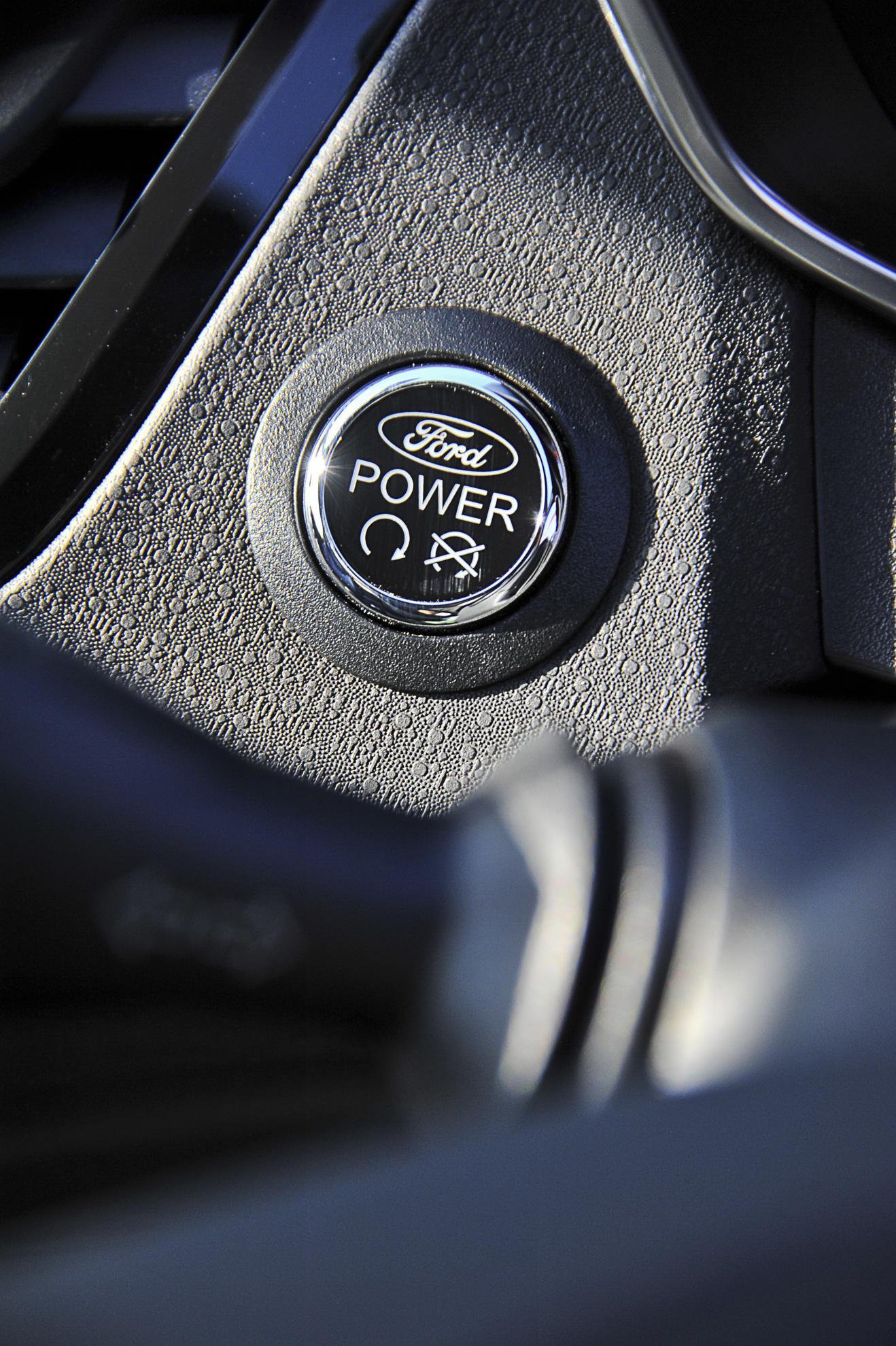- New Fiesta offers 220 km/h top speed; 134 kW and 240 Nm of torque
- Enhanced Torque Vectoring Control and 3-mode Electronic Stability Control introduced
- EcoBoost technology enables 20 per cent fewer CO2 emissions but 20 per cent more power compared to the previous generation Fiesta ST

PRETORIA, South Africa, 27 May 2013 – The new Ford Fiesta ST employs a driver-focused powertrain and chassis to deliver the ultimate Fiesta driving experience. Utilising Ford’s acclaimed EcoBoost technology, it is not only the fastest Fiesta ST ever built but also the most fuel efficient in the ST line-up.
Developed by Ford Team RS, the European arm of Ford Motor Company’s Global Performance Vehicle group, the new Fiesta ST is equipped with a 1.6-litre EcoBoost petrol engine to achieve 0-100 km/h in 6.9 seconds and offer 134 kW and 240 Nm of torque. Top speed is 220 km/h.
Everyday practicality is underlined by fuel efficiency of 5.9 l/100 km and 138 g/km CO2* – a 20 per cent emissions reduction compared with the previous generation Fiesta ST, though it produces almost 20 per cent more power than the first-generation model’s 2.0-litre engine.
Ford Team RS tuned the powertrain, suspension, steering and brakes for optimised driving dynamics and introduced features only previously found in larger performance cars – including enhanced Torque Vectoring Control (eTVC) and three-mode Electronic Stability Control (ESC), six-speed manual transmission and rear disc brakes.

eTVC applies brake force to the inside front wheel of the Fiesta ST when cornering to improve road holding and reduce understeer without affecting speed. New software controls the Fiesta ST’s balance in response to steering inputs under acceleration and braking – and ESC offers full system intervention, wide-slip mode with limited intervention, and full ESC de-activation.
Both systems support a specially modified front steering knuckle, adapted rear twist-beam with increased roll-stiffness, unique front and rear spring and damper settings, and a 15 mm lower centre of gravity for optimised handling and ride quality.
Electronic Power Assisted Steering offers a sharper steering ratio of 13.69:1 and a shorter steering arm for a more direct response. The Fiesta ST debuts rear disc brakes on the Fiesta platform and introduces a larger tandem brake master cylinder that boosts braking performance.
The EcoBoost engine’s low weight contributes towards improved handling and introduces technologies including turbocharging, high-pressure direct fuel-injection and twin-independent Variable Cam Timing. The unique engine and a new six-speed manual transmission calibration were refined at the Nürburgring Nordschleife over the equivalent of more than 100 laps of the 21 km circuit.

Ford subjected the new Fiesta to 850,000 km of durability testing, and to ensure the new Fiesta ST offers high levels of reliability even in the face of the most demanding customer usage, Ford subjected the hot hatchback to a further 7,500 km of race track testing and 5,000 km of high speed testing. This included a “torture test” at the Nardo Technical Centre proving grounds in Italy during which the Fiesta ST was driven flat-out in temperatures in excess of 40 C.